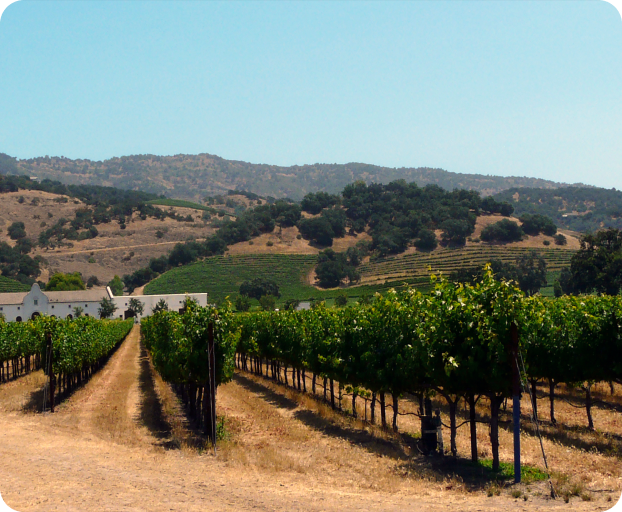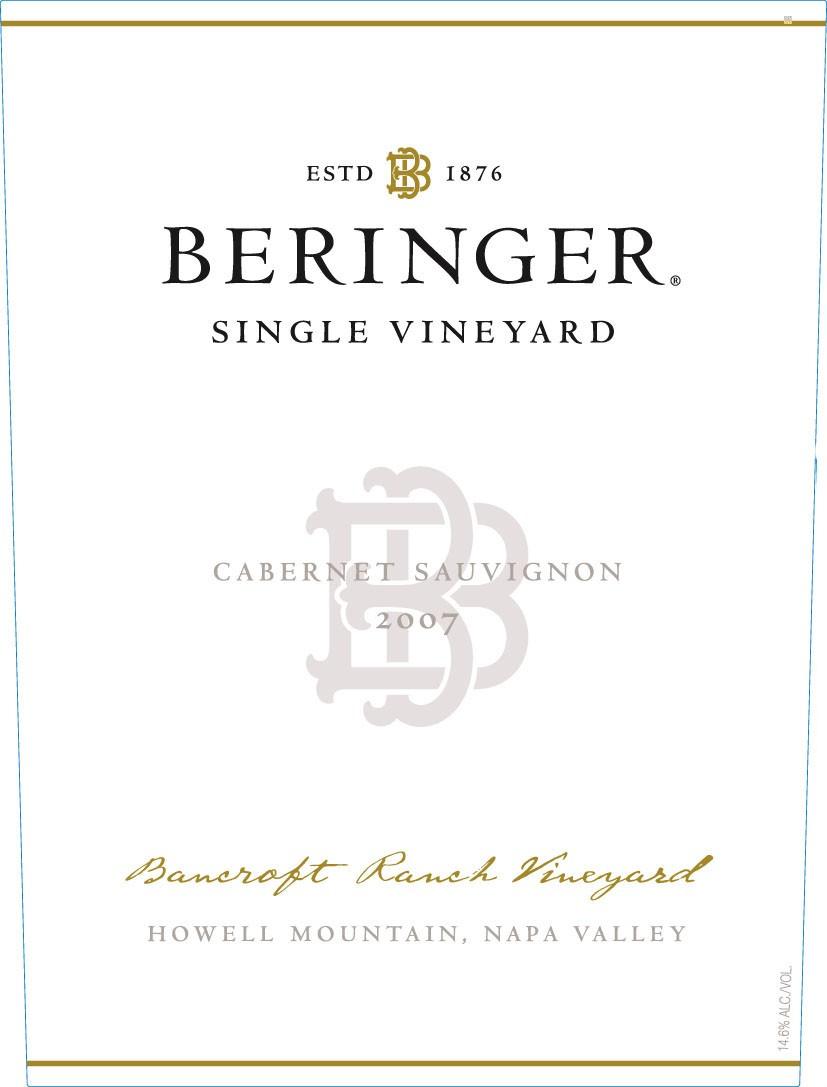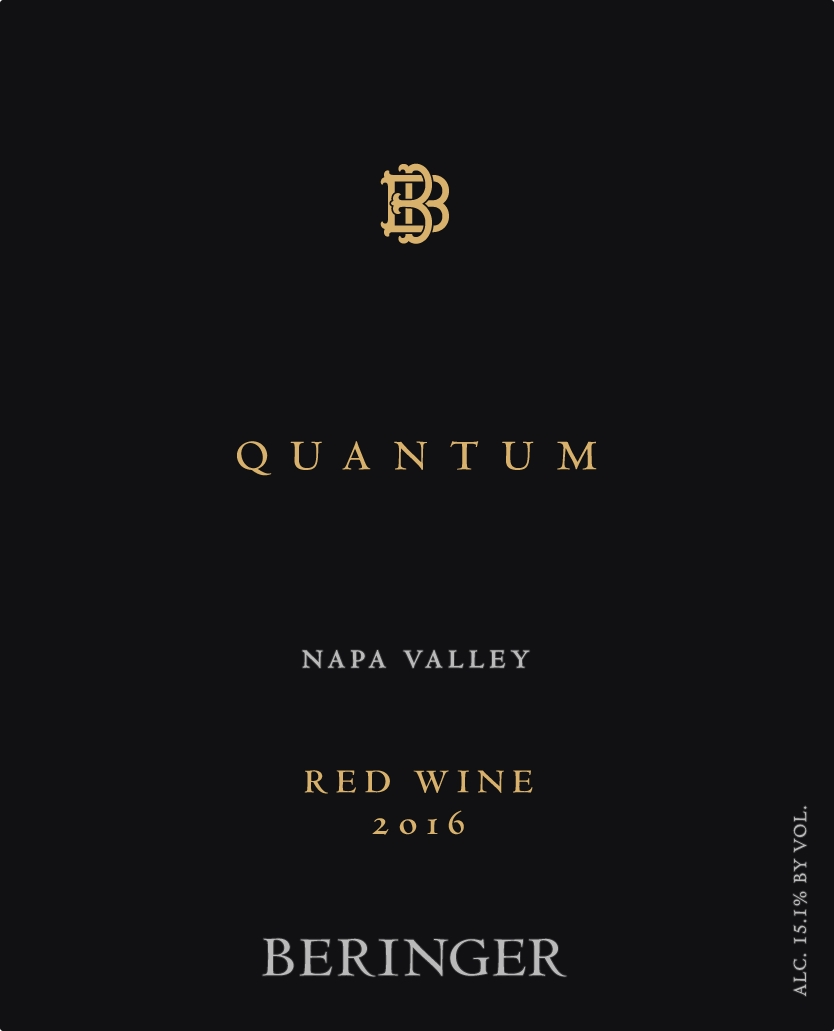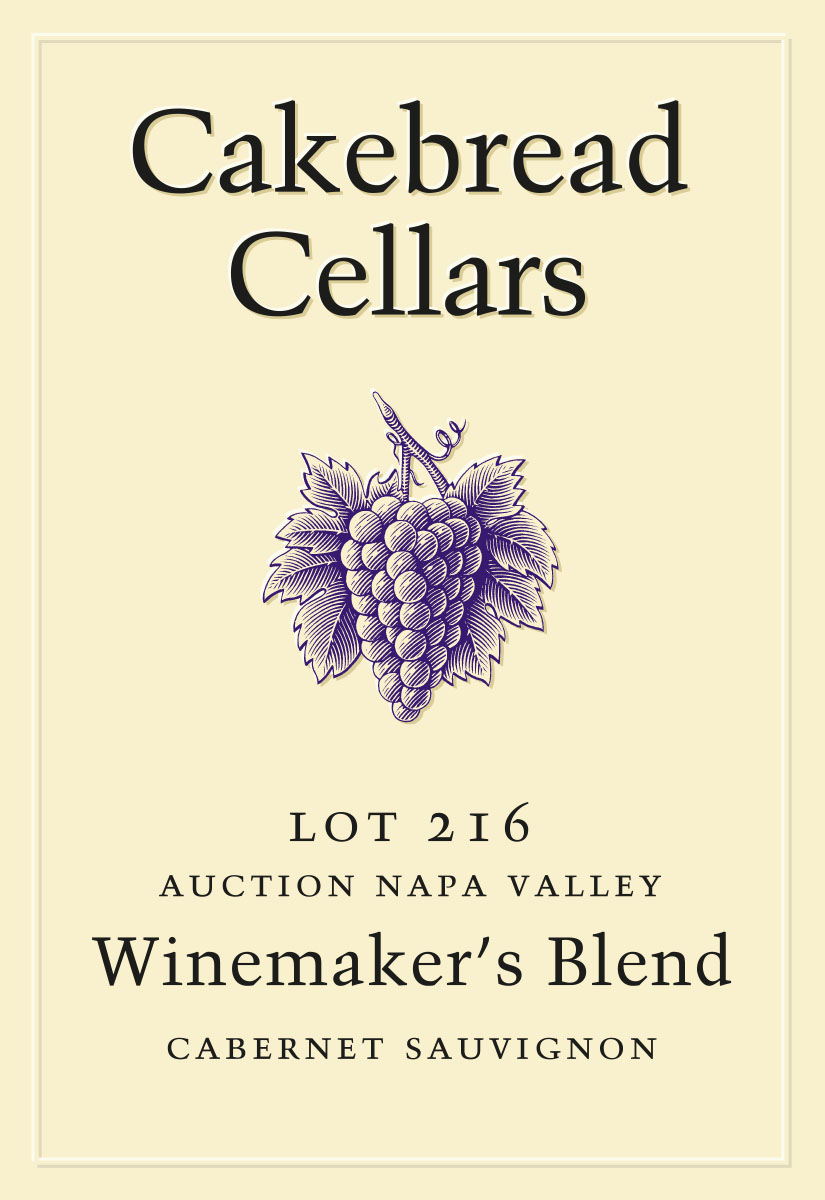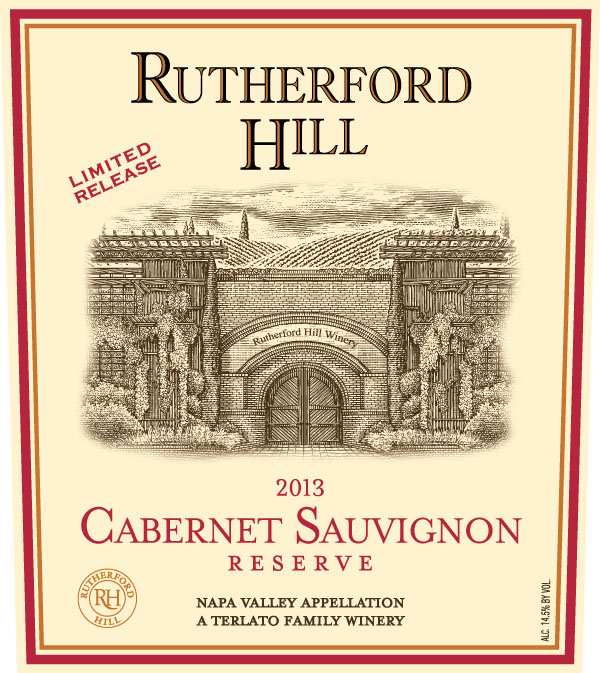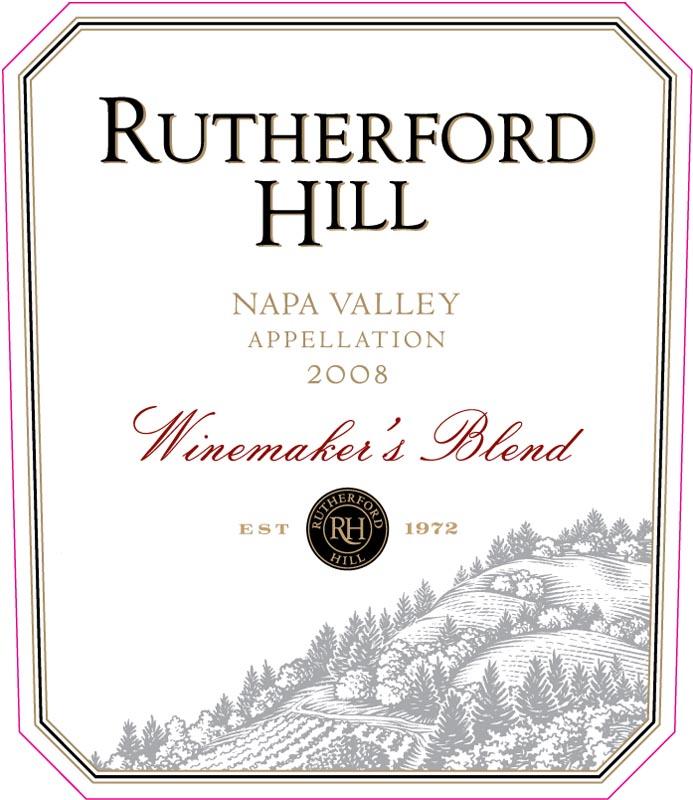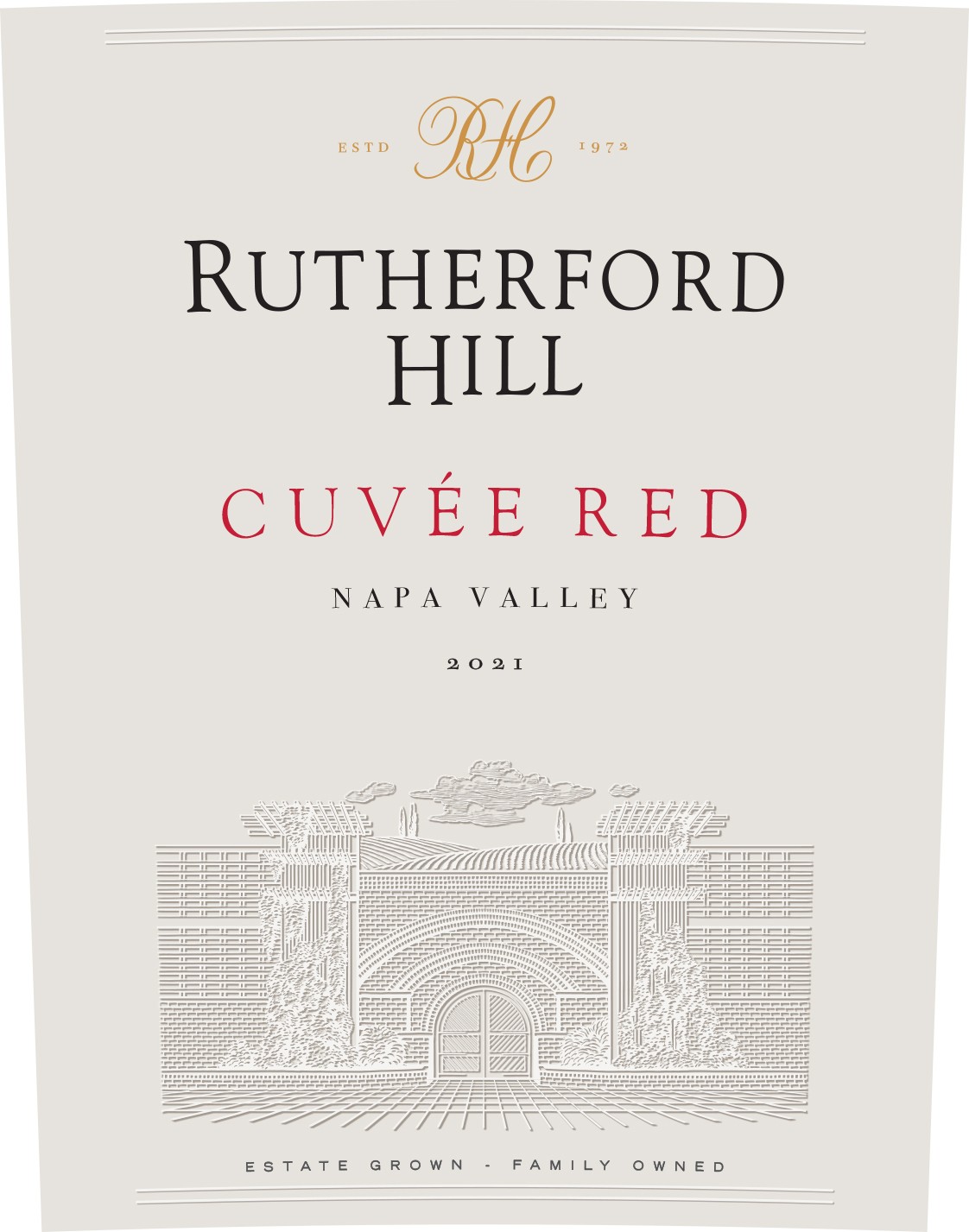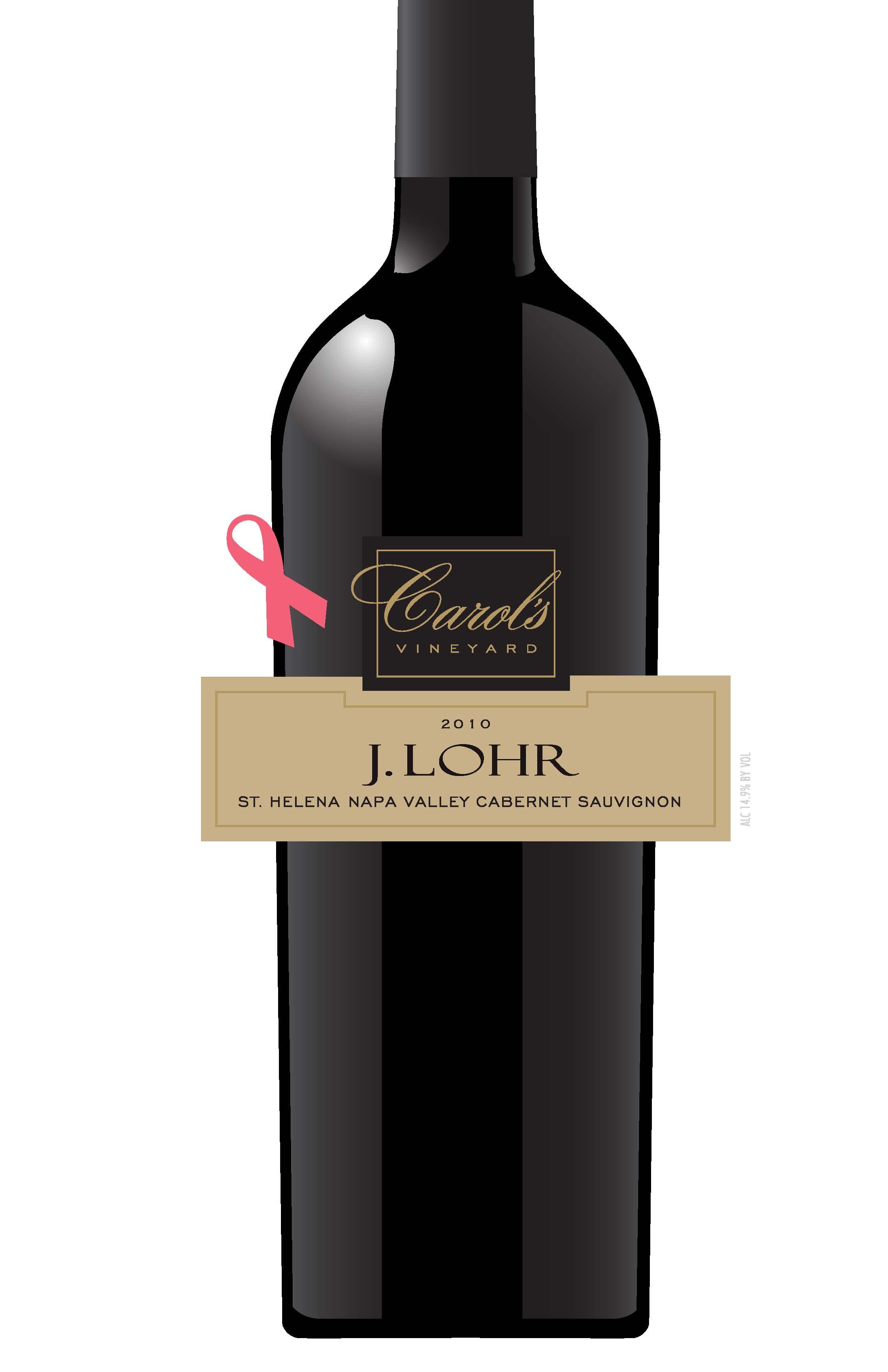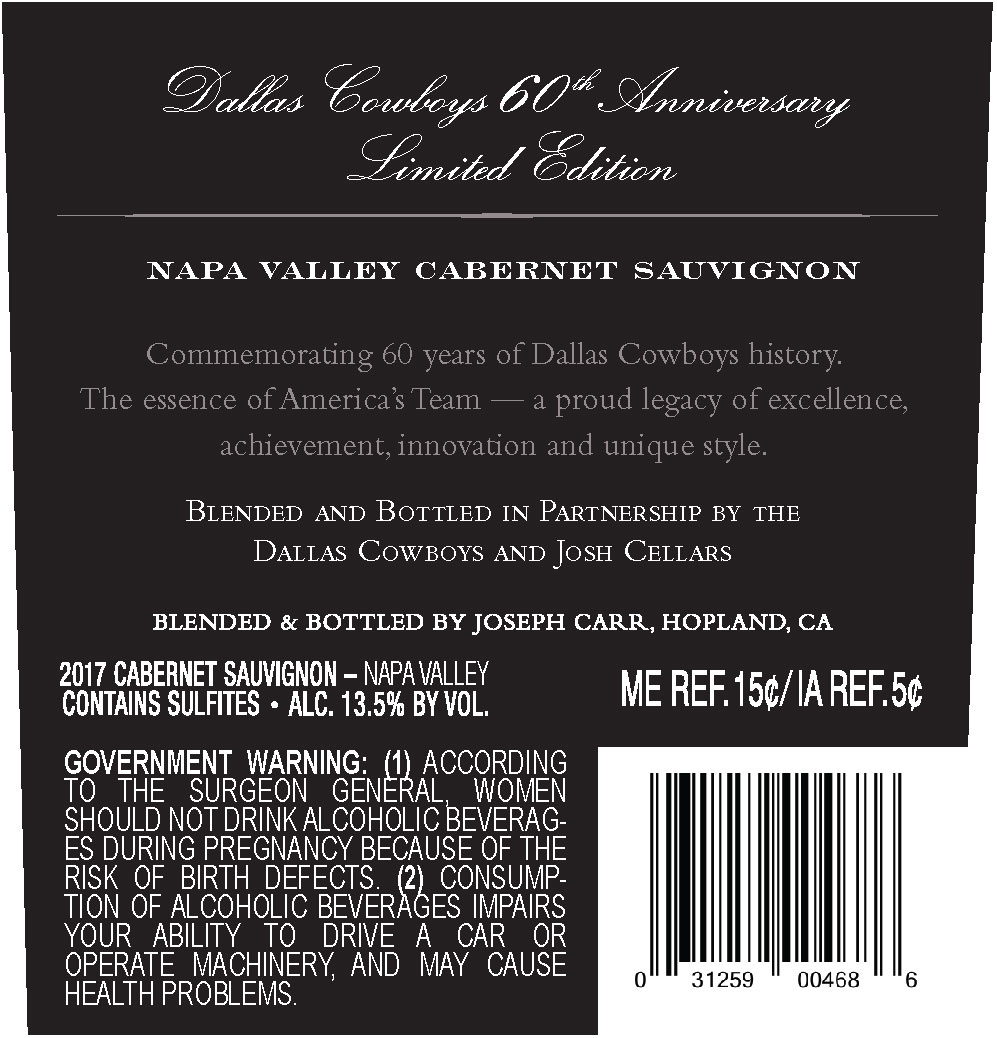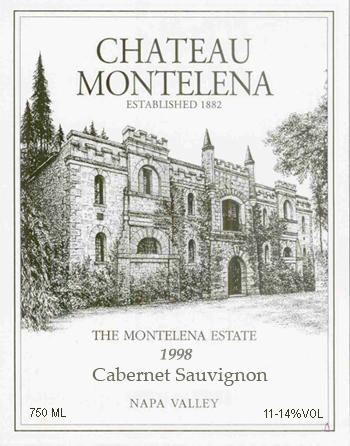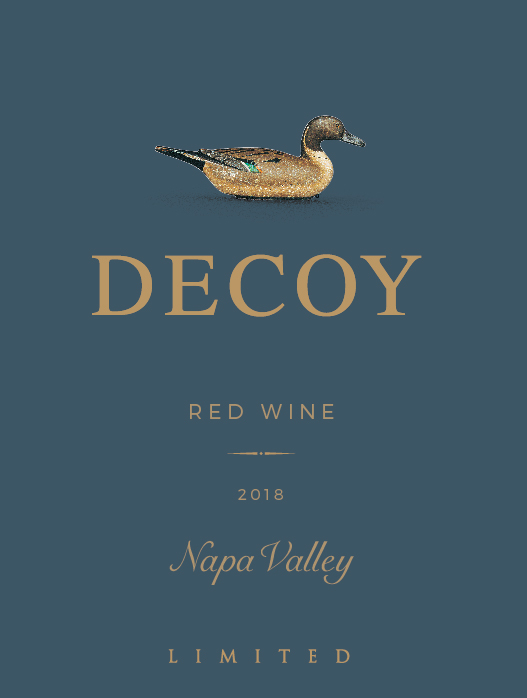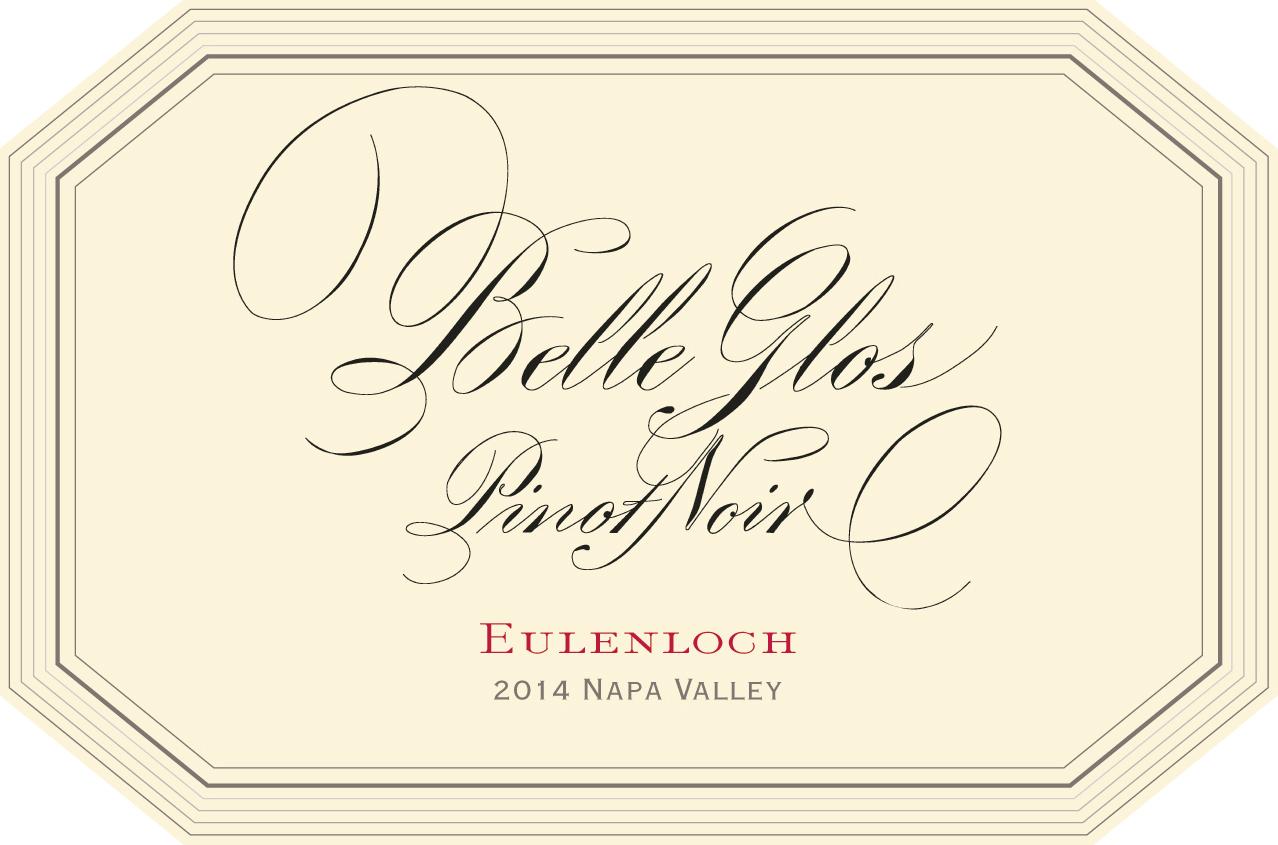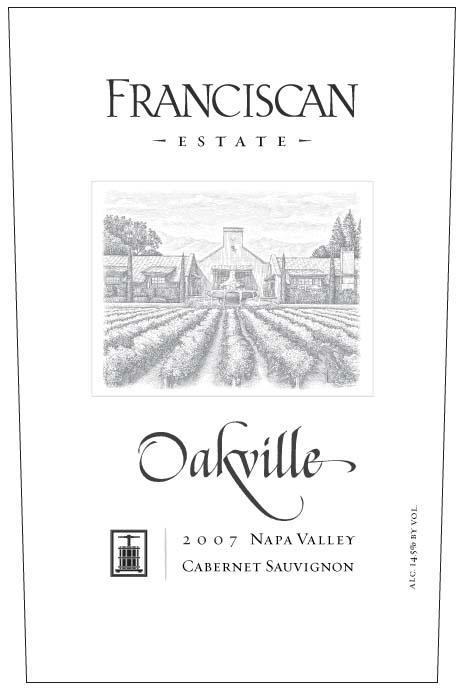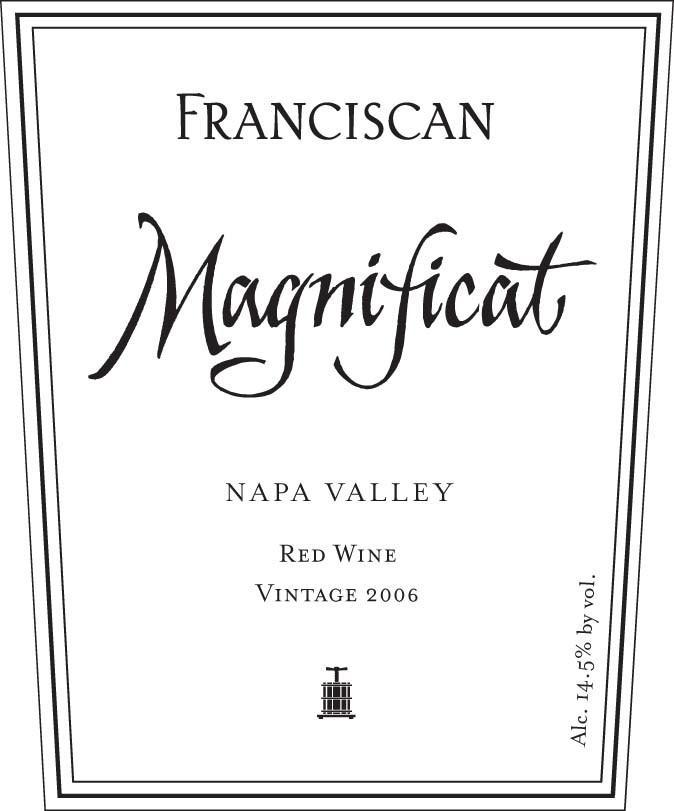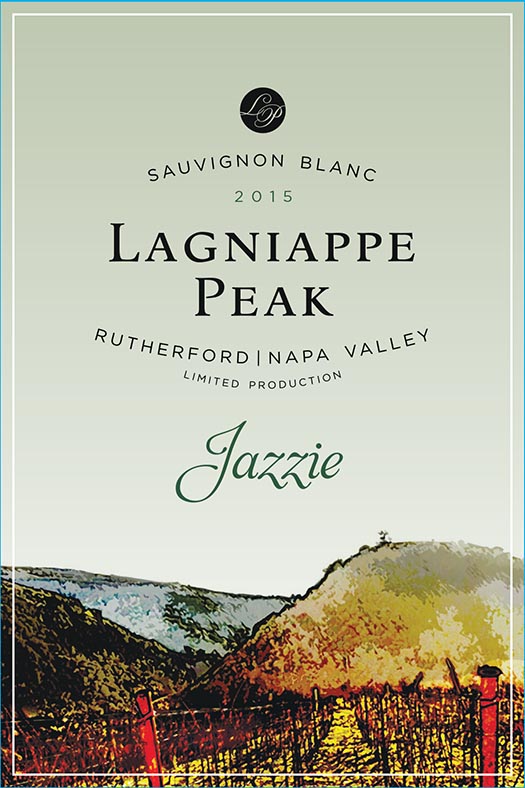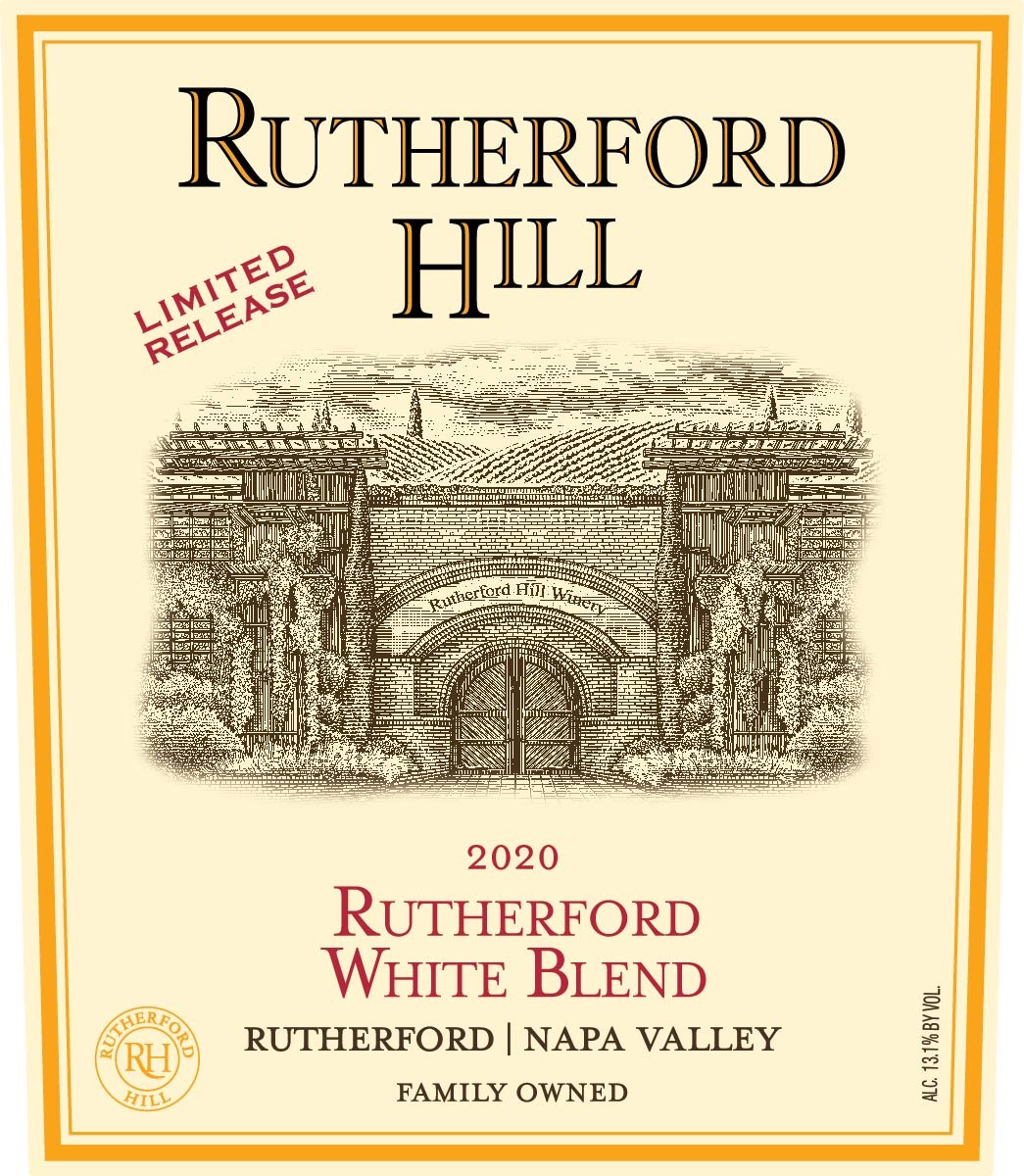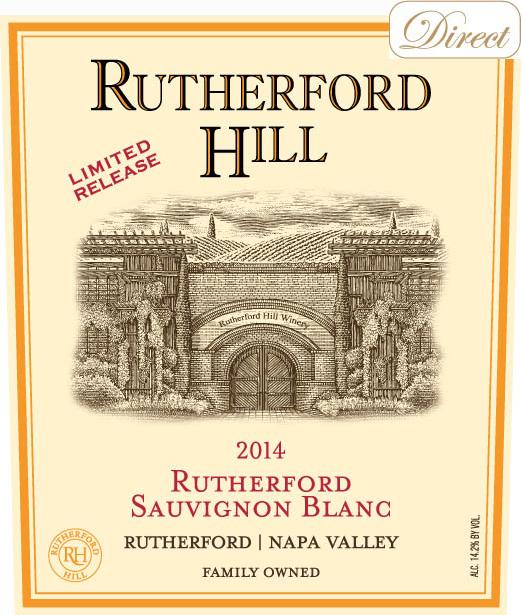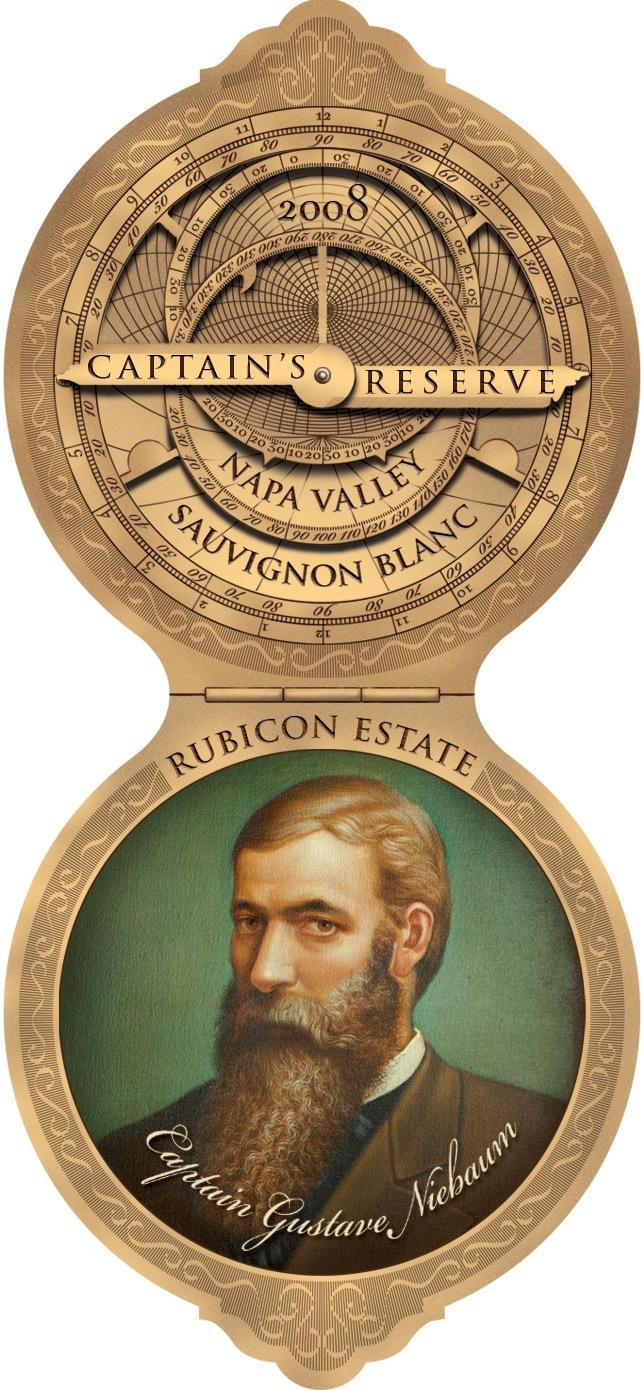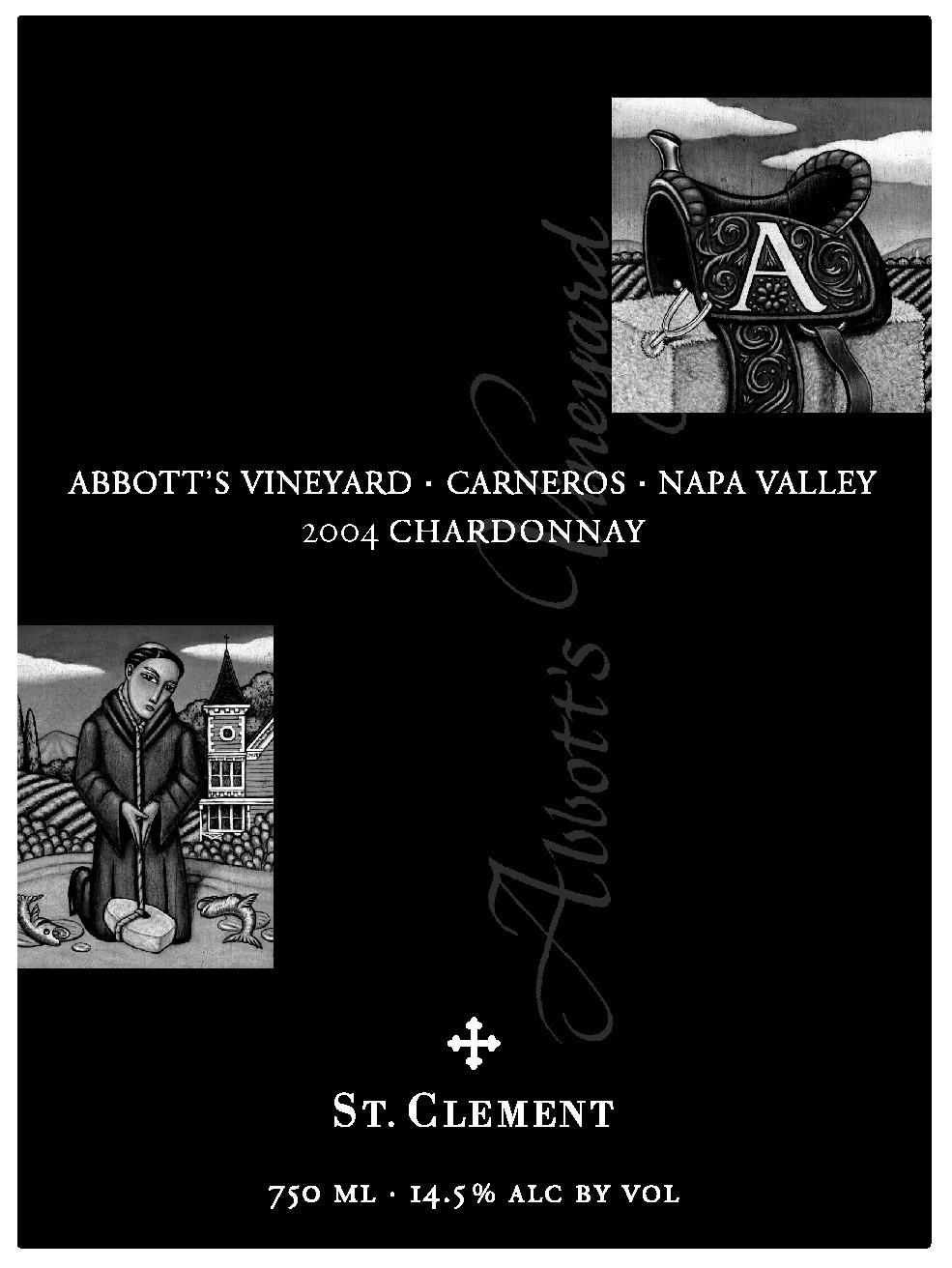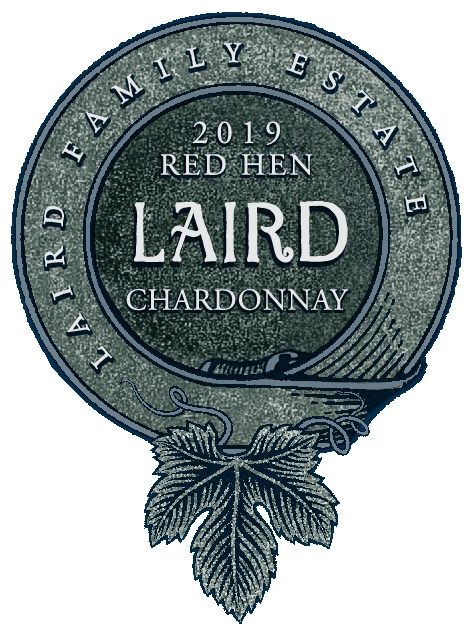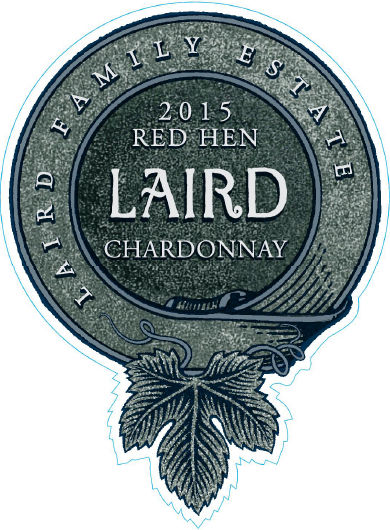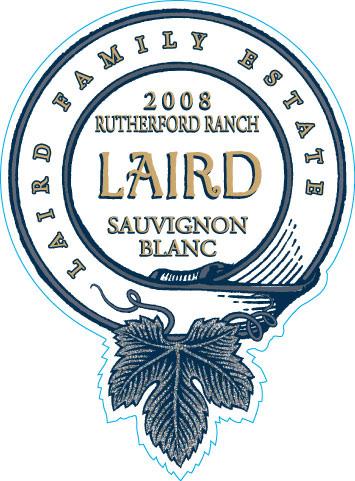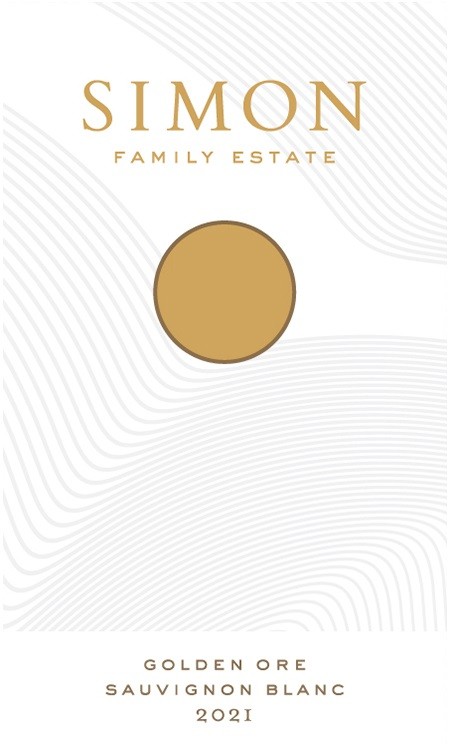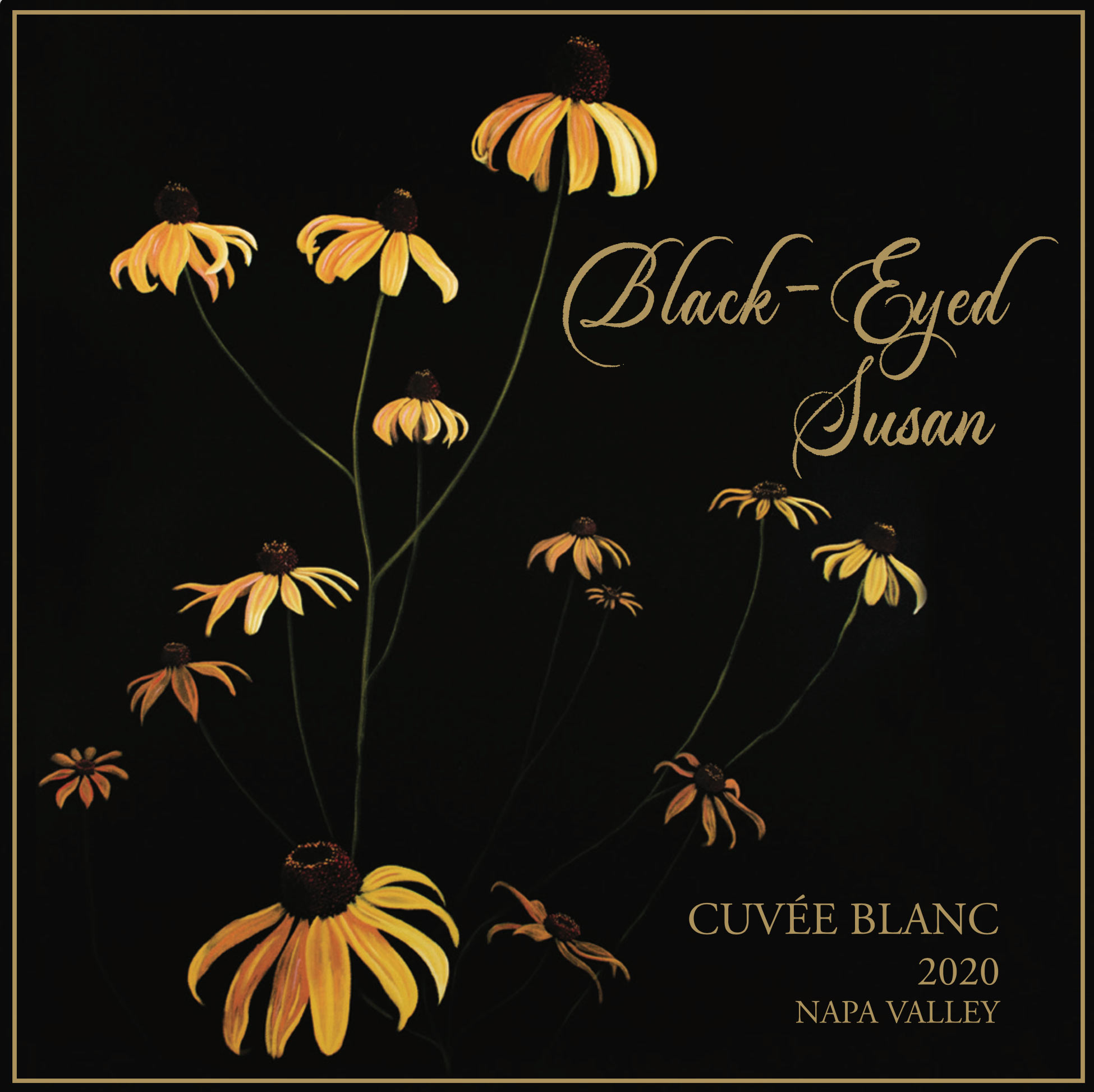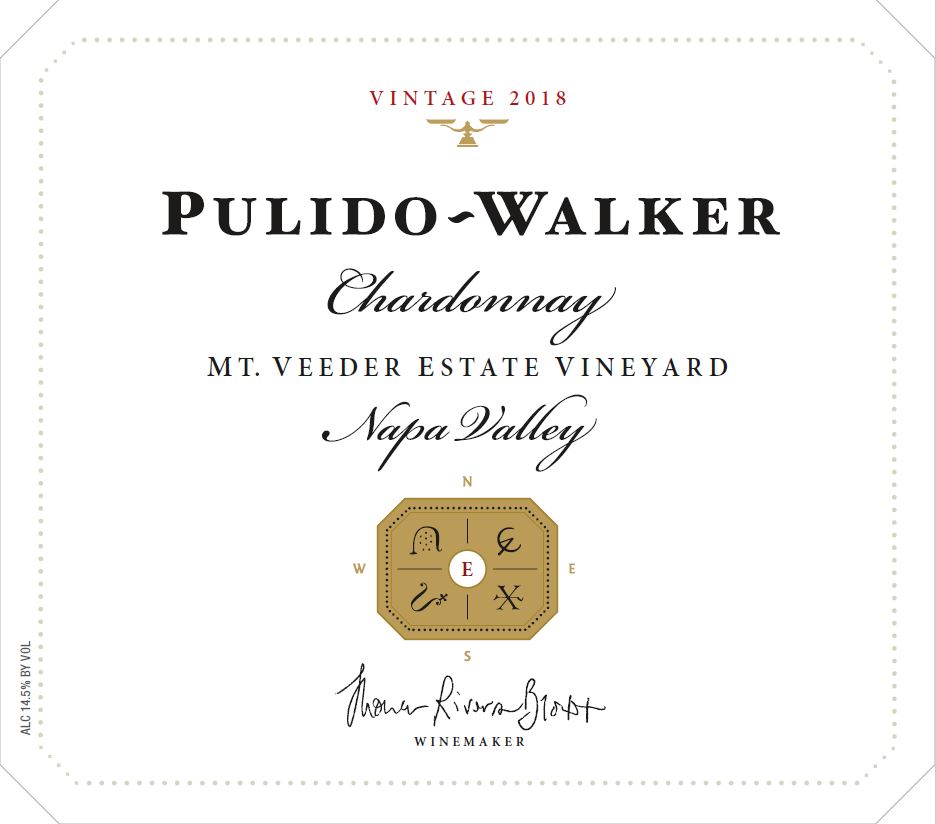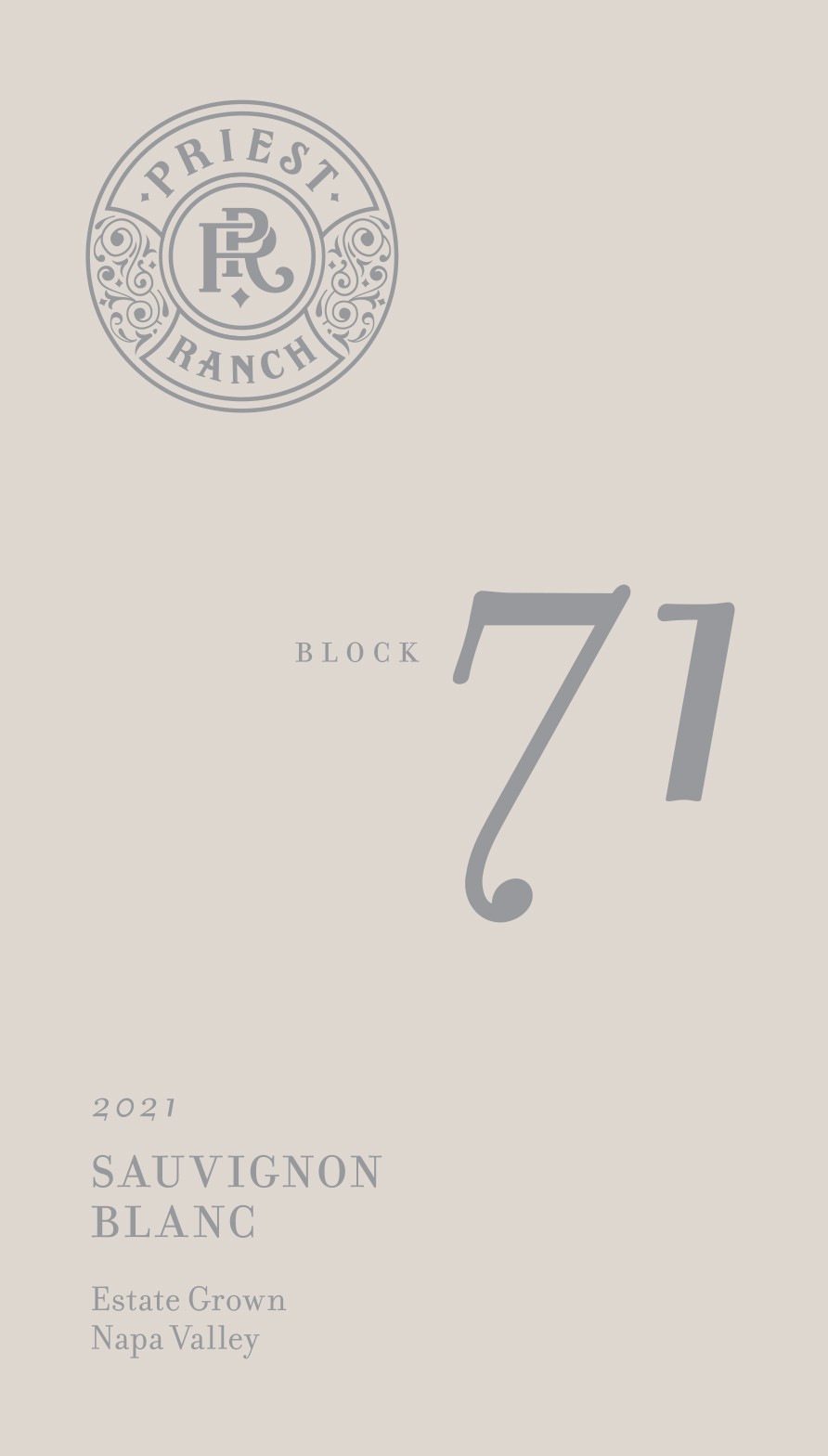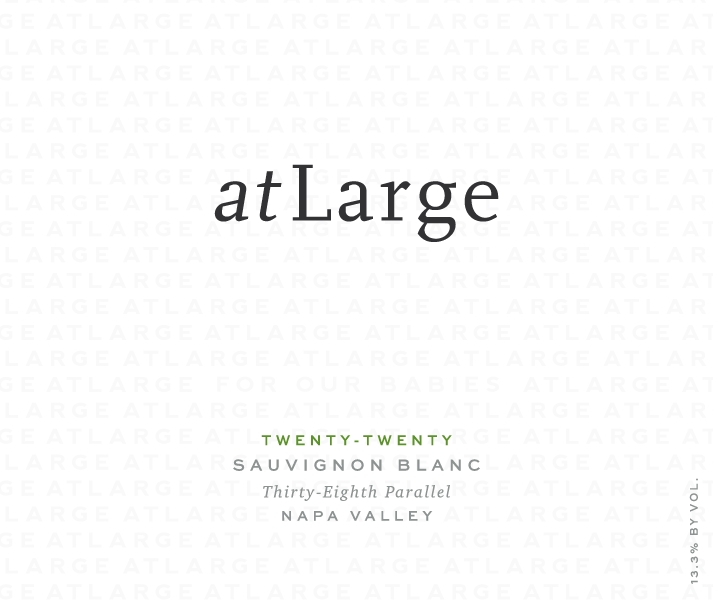Terroir of Napa Valley
Napa Valley enjoys a warm, dry Mediterranean climate, with its unique geography influencing diverse microclimates. Southern areas like Carneros benefit from cooling morning fog and breezes from San Pablo Bay, perfect for Pinot Noir and Chardonnay. Meanwhile, northern parts experience warmer temperatures tempered by afternoon breezes.
The valley's intricate geology features over 100 soil types. Valley floors and benchlands have deep, well-draining alluvial soils ideal for structured Cabernet Sauvignon, while rocky, volcanic soils in higher elevations like Howell Mountain yield concentrated wines. In the cooler south, marine sedimentary soils contribute to the bright acidity in whites.
Napa's 16 sub-AVAs highlight these variations. For example, Oakville's gravelly loams produce standout Cabernets, while high-altitude Atlas Peak offers volcanic ash and significant temperature changes, fostering unique wines with complexity and longevity.
Notable Wineries in Napa Valley
Napa Valley's prestigious reputation is built on a foundation of historic estates, innovative pioneers, and modern cult winemakers. Many of its wineries are family-owned, cherishing small-scale, high-quality production.
Notable wineries include Beringer Vineyards, the oldest operating since 1876, known for classic Cabernet and Chardonnay. Robert Mondavi Winery introduced influential techniques like barrel fermentation. Château Montelena gained fame when its Chardonnay won the 1976 Judgment of Paris. Stag’s Leap Wine Cellars’ Cabernet also triumphed there, while Opus One sets the standard for luxury Bordeaux-style blends.
Duckhorn Vineyards popularized Merlot, and Silver Oak is celebrated for its iconic Cabernet. Other influential names include Far Niente, known for its Chardonnay, and Screaming Eagle, a boutique cult winery. These wineries, along with others like Schramsberg Vineyards and Hess Collection, offer public tastings and tours, showcasing Napa's legendary winemaking legacy.
Sustainable Winemaking in Napa Valley
Napa Valley stands out in sustainable winemaking, being the first U.S. region to establish an agricultural preserve, reflecting its dedication to land conservation since 1968. The Napa Green certifications encourage eco-friendly practices like cover-cropping, using native plants, and smart water management techniques. Solar power, energy-efficient buildings, and renewable energy initiatives are becoming common, with some wineries striving for carbon neutrality.
Organic and biodynamic farming methods are widely practiced, alongside programs like Fish Friendly Farming to protect local ecosystems. Many vineyards have third-party sustainability certifications, including Fish Friendly Farming and CCOF organic, emphasizing waste reduction and water recycling. Napa Valley successfully balances high-quality wine production with environmental stewardship, earning its status as a leader in sustainable viticulture.
Wine Tourism in Napa Valley
Napa Valley is a premier destination for wine tourism, attracting enthusiasts with its scenic vineyards and acclaimed wineries. Visitors can explore the region via Highway 29 or the Silverado Trail, enjoying a variety of tasting experiences. Options range from guided tours to unique experiences like the Napa Valley Wine Train and hot-air balloon rides.
The area boasts a vibrant food scene, with renowned restaurants and farm-to-table dining options. Annual events such as charity auctions and harvest festivals add to the allure.
Accommodations range from luxury resorts to cozy inns, offering diverse options for visitors. The region is easily accessible from San Francisco, with transportation options including cars and shuttles. Napa Valley's commitment to sustainable practices and hospitality makes it a leading wine destination, offering rich cultural and culinary experiences amidst its picturesque landscape.


